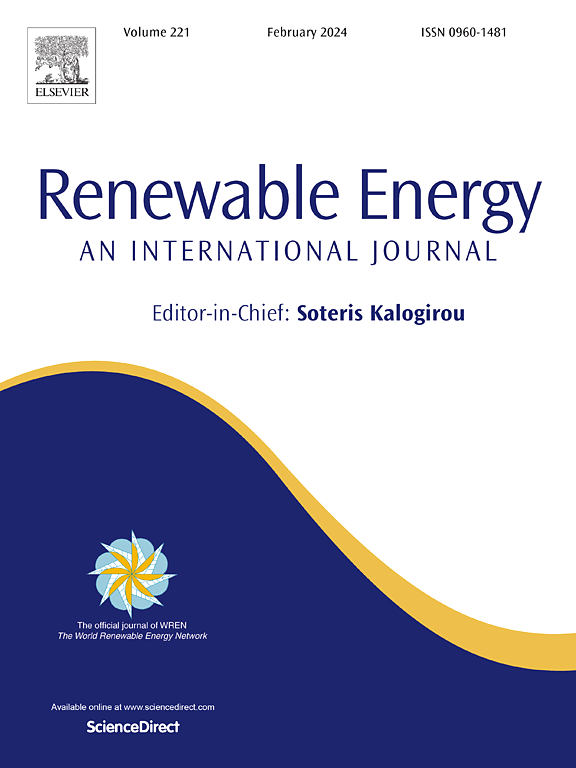Experimental investigation on the output performance of a micro compressed air energy storage system based on a scroll expander
IF 9
1区 工程技术
Q1 ENERGY & FUELS
引用次数: 0
Abstract
Compressed air energy storage (CAES) has attracted substantial attention due to its advantages, including low cost, long lifespan, and low environmental pollution. This paper establishes a test bench for a micro CAES system based on a scroll expander and employs experimental methods to investigate the effects of key parameters—regulated pressure, rotation speed, torque, volume flow rate (VFR), and expansion ratio on the output performance and energy conversion efficiency of the scroll expander and generator. The experimental results indicate that the power output of the scroll expander initially increases and then decreases with the increase of torque, rotation speed, expansion ratio, and VFR. The compressed air consumption rate (CACR) of the scroll expander initially decreases, stabilizes, and finally slightly increases with the increase of torque and expansion ratio. The CACR of the scroll expander slightly decreases at first, then flattens out, and eventually linearly increases trend with the increase of rotation speed and VFR. The power output of the generator initially increases to a peak value and then declines with changes in torque, rotation speed, expansion ratio, and VFR. The energy conversion efficiency of the generator first increases to the maximum value and then decreases with the increase of torque and rotation speed. To achieve high-efficiency operation, the generator should operate within a medium-to-low torque and a medium-to-high-speed range, with a maximum efficiency of approximately 95 %.
求助全文
约1分钟内获得全文
求助全文
来源期刊

Renewable Energy
工程技术-能源与燃料
CiteScore
18.40
自引率
9.20%
发文量
1955
审稿时长
6.6 months
期刊介绍:
Renewable Energy journal is dedicated to advancing knowledge and disseminating insights on various topics and technologies within renewable energy systems and components. Our mission is to support researchers, engineers, economists, manufacturers, NGOs, associations, and societies in staying updated on new developments in their respective fields and applying alternative energy solutions to current practices.
As an international, multidisciplinary journal in renewable energy engineering and research, we strive to be a premier peer-reviewed platform and a trusted source of original research and reviews in the field of renewable energy. Join us in our endeavor to drive innovation and progress in sustainable energy solutions.
 求助内容:
求助内容: 应助结果提醒方式:
应助结果提醒方式:


